Peace Bridge to a Better World
It is dark in the tent and I hear the zipper opening as Chris gets out to face the day before sunrise. I burrow into my sleeping bag on the comfortable mattress for a little more sleep. Eventually I hear the sound of flip flopping through the morning dew: “good morning Harmon!”. The roosters are cock-a-doodle-dooing, the crickets sing loudly then suddenly stop, there is a bird that sounds exactly like a baby crying, the air is damp and fragrant. Chris delivers my coffee. It is time to start the day at the Peace Bridge site on the Nzoia River in the northern Rift Valley of Kenya. We have arrived here after a short plane flight from Nairobi and a tortuous drive along roads that only a high clearance 4 wheel drive truck could manage.
We are here because Harmon and Teri Parker have opened up their lives and their home to us. We want to help. That is what Harmon Parker does: he helps, he inspires, he gives hope. Harmon is the founder of Bridging the Gap Africa. He helps communities build foot bridges. He is a genuine mix of serious and silly, patience and exasperation, frustration and tolerance. Harmon is full of intelligence, love, humor, whole-heartedness; he is humble. He barks out orders in one moment and in the next is laughing and teasing (he is a total Hootterite!).
There are three criteria that must be met for Harmon and BtGA to consider a bridge from the many requests: it must improve and facilitate the education, health care, and commerce situations of the joining communities.
At first sight, the river looks beautiful – meandering and placid, but one day, I watch as a teenager jumps in to cross – he is swept swiftly down the river as he swims to the other side much farther downstream from where he started. The current is strong, even in low season.
The Peace Bridge is a 45 meter (147 ft.) suspension bridge (designed by Matthew Bowser and team; Matthew is a Canadian professional bridge engineer with the MMM Group) over a dangerous river where many have died trying to cross. It’s a complicated structure that has taken much time and cooperation among communities, engineers, carpenters, welders, laborers, masons, cooks, social workers, volunteers. They work through hot sun and torrential rain. They brainstorm, calculate, and the workers, at Harmon’s playful command must show “asses and elbows” – he does not accept anything substandard. Harmon surrounds himself with quality people. Sylvester is the jovial and capable foreman; he gets the job done and has so many stories to go along with his linguistic skills – he is Harmon’s very likeable right hand man. He is also known as Baba King Solomon – father of his son King Solomon.
Francis is an extremely skilled carpenter – he builds forms for the concrete, a ladder to go in and out of the pit for the footings, saw horses, and all of the wooden structures for the camp including the newly renovated outhouse with a real toilet dubbed “Beth’s Bush Bathroom” (I am thankful because even though to “flush”, we pour river water down the hole – there is a real porcelain toilet positioned for privacy and with a view of some beautiful gold flowers ).
Amos and Eric run their asses off for whatever needs to be done.
Old Sila the Prophet (who gratefully accepted the melted sneakers Chris bequeaths to him) with massively strong hands- does any hard labor asked of him without a blink of an eye.
Nasambu is the camp cook. She organizes the meals, cleans clothes, washes the dishes. She is in her young twenties and is studying to be a teacher, She takes us to her modest home one afternoon and we meet her family and neighbors. Luckily for Nasambu, she has moxie, as Harmon puts it, so she fits right in.
The rest of the crew work hard and watch us wazungu to see what we are made of. They pour cement, hoist the towers, dig and fill holes, and generally provide the necessary muscle. They watch me as a local decides to bathe in the river – Harmon points out the full black moon in my direction as I stand in the shade of the sugar cane (I try to act disinterested….). They huddle together in the shelter from the driving rain with a shivering Chris who toughs out the storm with them after the cement pour. They seem to be proud to be a part of the bridge.
Since I am not an engineer, and although I can calculate angles and do some math, my main interest is in the locals of this third world country. Most homes in these villages have no electricity or running water and are basically groupings of mud huts covered in cow dung. The smokey kitchen has a stone fire pit with a shelf above it for one pot (that is the extent of the appliances). There are grazing goats and pecking roosters, hens and chickens coming into the open doorways. The “business district” is like nothing I’ve ever seen before. We are truly off the beaten path.
There are small (often barefoot) children who, independent of any adult supervision, come to stare at me, the mzungu – the white person with blonde hair. Often the sight of me makes the babies cry.
There is a young boy – maybe 8 – who one day helps me fill my bucket up with water from the river. His name is Manu – he does’t speak English. I know only a few Swahili words. He comes by the campsite every afternoon and looks over. I shout out to him: “Manu! Jambo!” – I walk over to him and he smiles. He seems interested in what is happening. His “toy” is an old tire that he wheels through the field beside our tents with a bent sugar cane stick.
I interact with as many people as I can – I offer my hand and receive a handshake – sometimes the respectful handshake where they put their left hand on their forearm near their elbow, or the more complicated handshake where we snap our thumbs together at the end. The locals are poor; they are proud and happy to have a bridge. They welcome me “karibu sana!” to their village and country. They smile their incredibly white smiles. Women walk by with various things (from small luggage, to a sack of potatoes, to containers of water) balanced on top of their heads. We pass by a school where the young students gather at the windows to wave and shout “JAMBO!!” to us
Almost everyone I meet at the bridge site tells me how appreciative they are to have us there helping them with this bridge. I tell them I will pass their message along to the people responsible for their bridge and that I am honored to be there in their village. Suddenly, the dirt under my fingernails, the damp sleeping quarters, the pedicure gone to shit, the ants we shoo away from the table seem insignificant. We are here in Kenya with and because of Harmon Parker, the founder of Bridging the Gap Africa, helping our brothers and sisters.

Building bridges to a better world! Sawa Sawa!


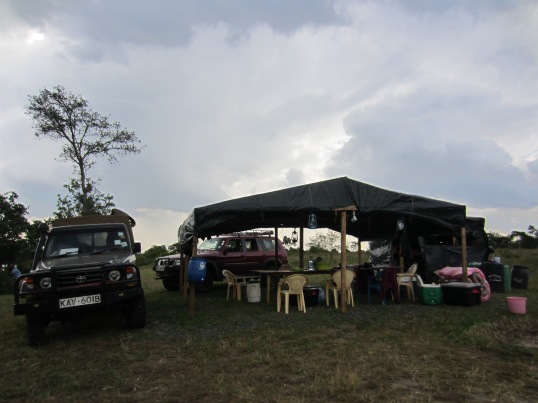
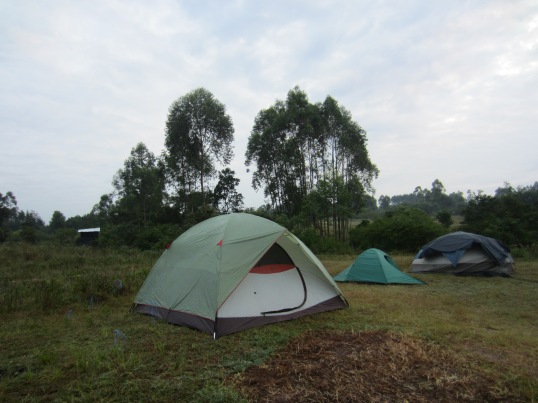
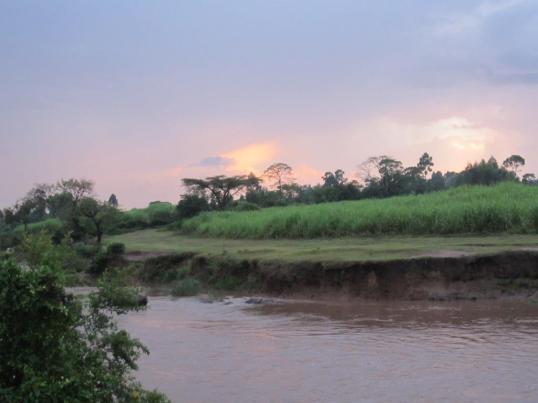




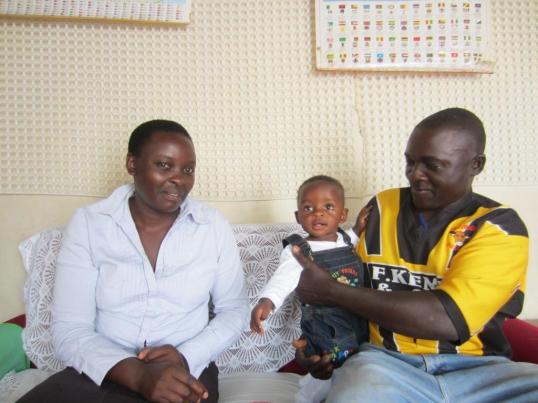






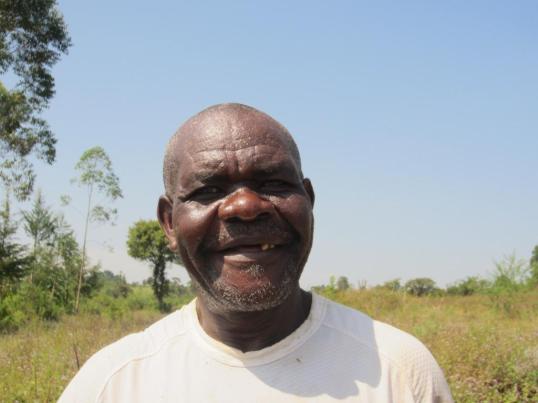

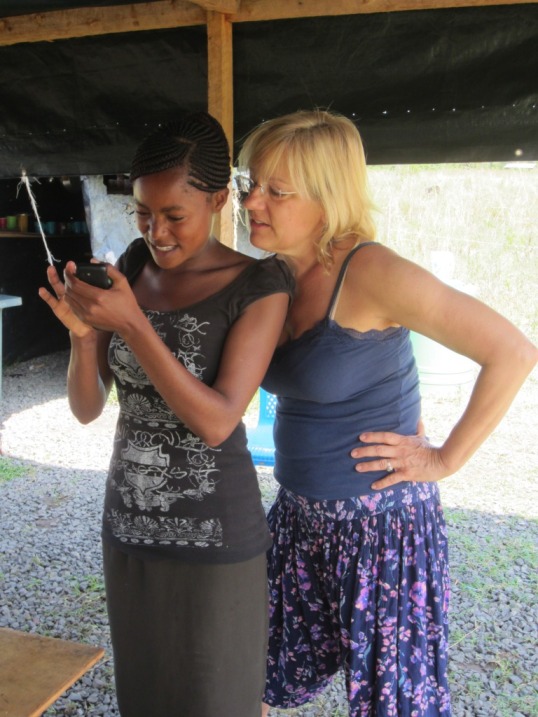


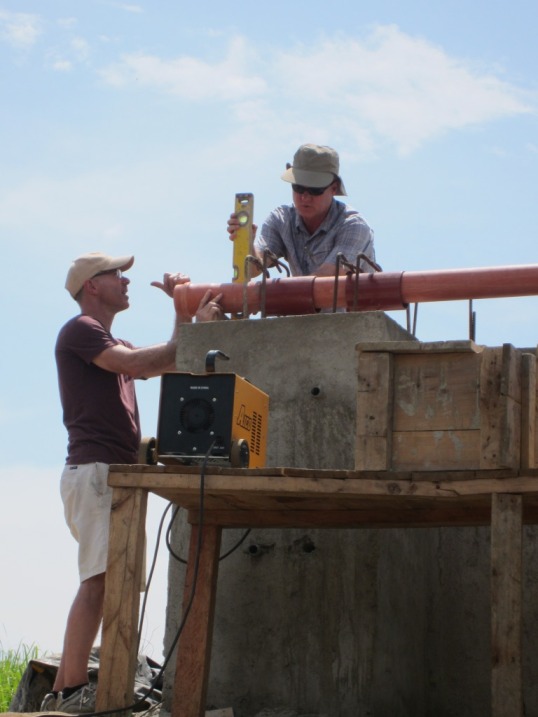



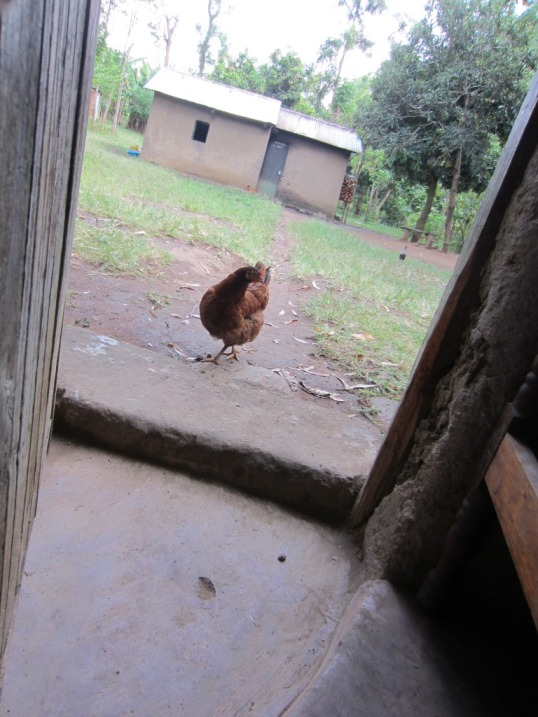






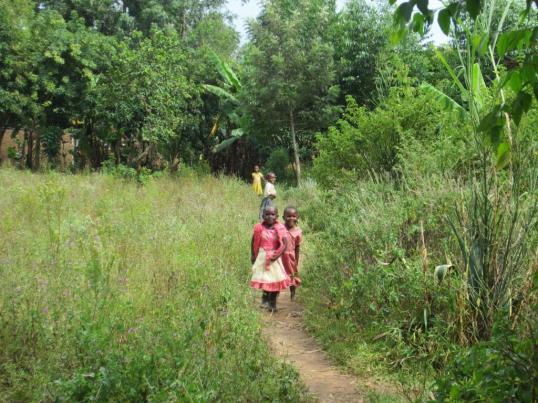






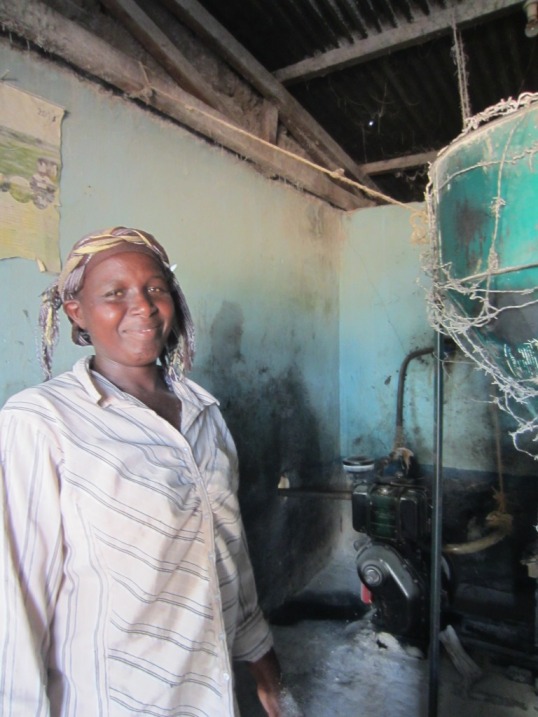

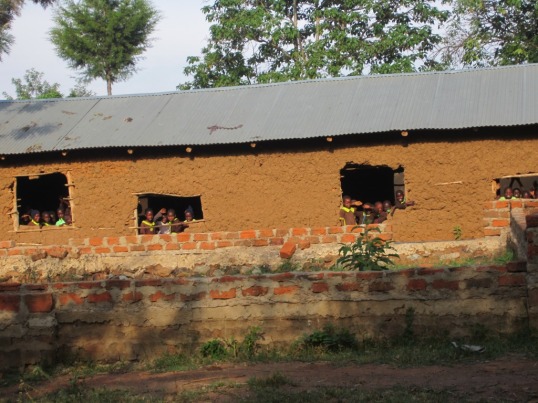
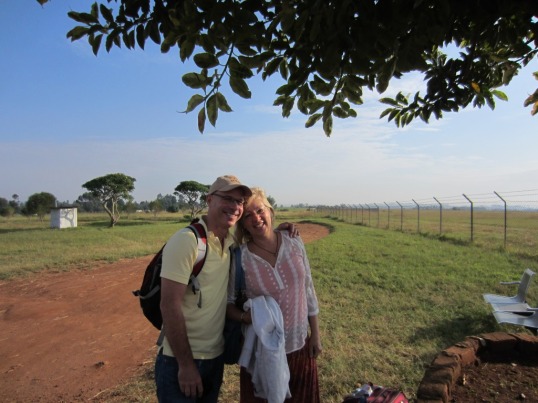
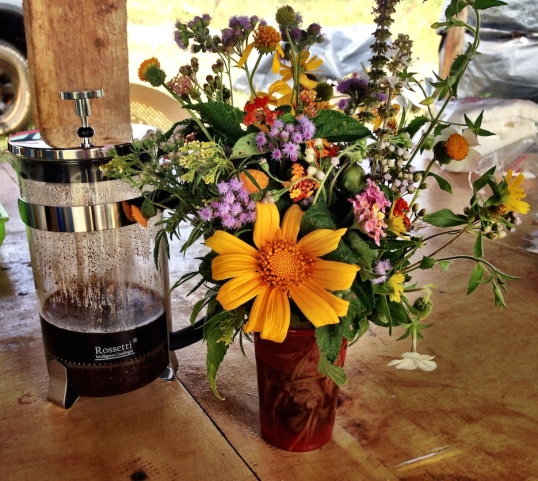
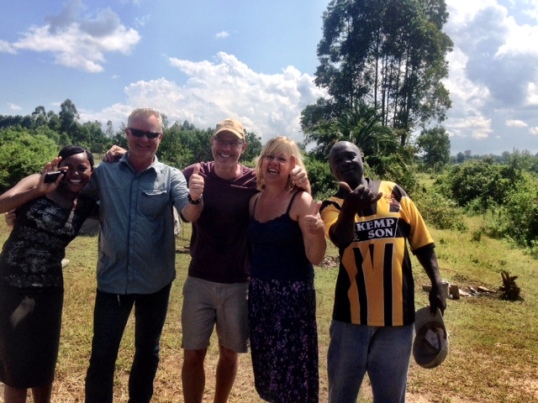
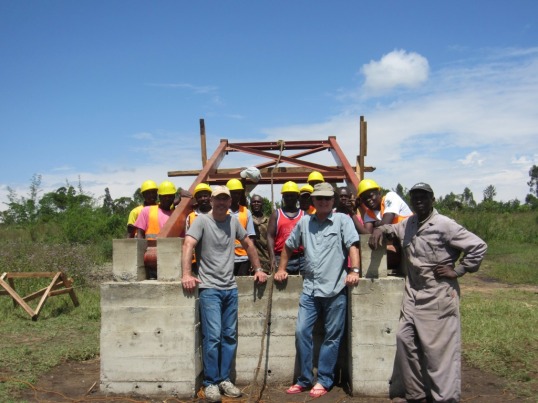
Very cool, the bridge project is impressive and I can see why you want to be a part of this effort. What a contrast between the wealth and extravagance in Dubai and rural life in Kenya!!